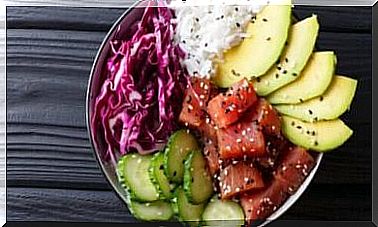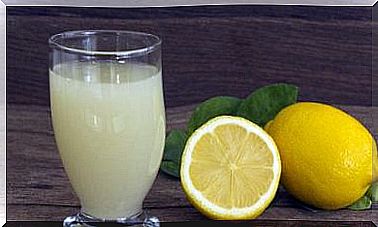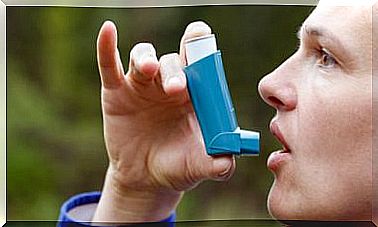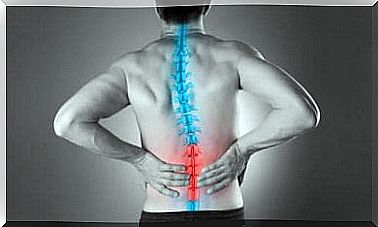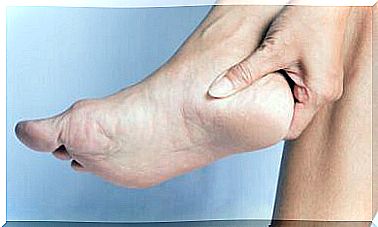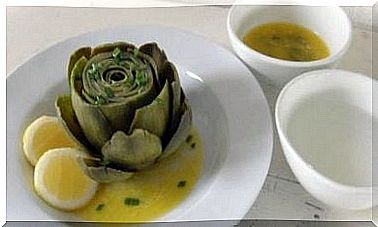Chocolate Drinks: 5 Reasons Not To Offer Them To Your Children
To avoid giving your children ingredients of dubious quality, it is better to prepare these types of drinks and shakes at home.
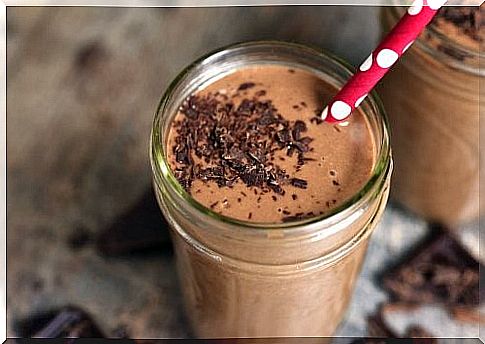
Chances are you’re already bored of news telling you that certain foods are harmful to your health. However, when these messages concern the health of our children, they are far more relevant. Therefore we would like to inform you about the classic chocolate drinks with milk.
Children like these drinks especially well. They’re usually a popular snack as soon as the little ones get out of school.
As mothers and fathers, we are sure that we have read the nutritional information on the back of the pack more than once. This includes, for example, the nutritional values of the tetrapacks with 200 ml content, which children like to pack in their school bags.
In principle, everything seems positive at first glance. It is recognized that the chocolate drinks contain certain stabilizers in order not to lose their taste and texture, but … Is there anything else that we are not told? Today we want to explain it to you on our blog.
1. Carrageenan – a not recommended ingredient in children’s diets
If you’ve never heard of carrageenans, we want to tell you about it today.
It is a natural product that is developed on the basis of various algae. Algae in a dairy product? It is exactly like that.
Even if you now initially believe that it is a natural product, the World Health Organization strongly advises against using such products for the nutrition of children.
- Carrageenans change the intestinal flora in young children.
- They cause indigestion.
- Carrageenans cause strong gas formation.
- You are responsible for diarrhea.
Wherever possible you are now wondering how much carrageenan children can consume daily without noticing the harmful effects.
Until now, the health industry experts have not been able to agree on this.
2. Chocolate drinks contain casein
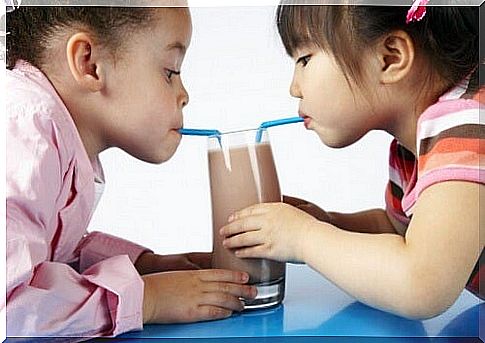
You probably already know that. Since it is a dairy product, it contains the protein casein.
The effects of this protein in the body vary greatly from person to person. But in the organism of children they usually lead to the following complaints:
- They irritate the intestinal tract.
- The immune system is attacked.
- Allergies can develop.
- Caseins can cause rashes and bronchitis. All of this arises from an allergy to this ingredient.
Not all children develop such severe reactions or allergies. Nevertheless, you should keep this in mind in order to at least limit the consumption of chocolate drinks.
3. Chocolate drinks have a very high sugar content
It won’t surprise you when we tell you that chocolate drinks are high in sugar. But did you know that a pack of 200 ml contains around 30 g of sugar?
That amount is way too high. And especially when you consider that children usually reach for such chocolate drinks very often.
- Sugar decreases your sensitivity to insulin. This runs the risk that children will develop metabolic syndrome or diabetes in the course of their lives .
- Sugar increases the concentration of bile acids in stool and bacterial enzymes in the colon.
- The chocolate drinks contain corn syrup, a type of sweetener with a particularly high content of fructose. This ingredient can damage the liver, for example if it is taken long-term.
- You run the risk of your own children becoming overweight in the course of their lives.
4. Chocolate drinks do not lead to strong bones in children

It is common for dairies that produce chocolate drinks to advertise with sentences such as: “promotes bone growth”, “it makes children’s bones stronger”, “makes children big and strong” …
- This type of information should be viewed with caution and with skepticism. The calcium from such chocolate drinks is not absorbed particularly well. Usually it is even eliminated again.
- Amy Lanou, Chair of the Nutrition Center of the Medical Committee for Responsible Medicine, amazingly reports that the countries with the highest rates of osteoporosis are the ones where people consume the most packaged dairy products.
- Chocolate drinks are not a good source of calcium absorption. Plain yogurt or other natural sources of calcium are much better.
5. Chocolate drinks don’t necessarily have to taste like chocolate
The taste in chocolate drinks is absolutely artificial. Most of them contain artificial flavorings and other substances to create the chocolate taste.
However, these have nothing to do with real chocolate. This is also the case with other flavors, such as strawberry or vanilla, etc.
It is common for such drinks to contain substances such as hydrolyzed vegetable protein or sodium glutamate.
It is also worrying that the manufacturers of such products do not even have to declare certain ingredients on the packaging.
It is believed that these are secret formulas that manufacturers need to compete with other brands. This is also the case with Coca-Cola.
There are much healthier alternatives for chocolate drinks
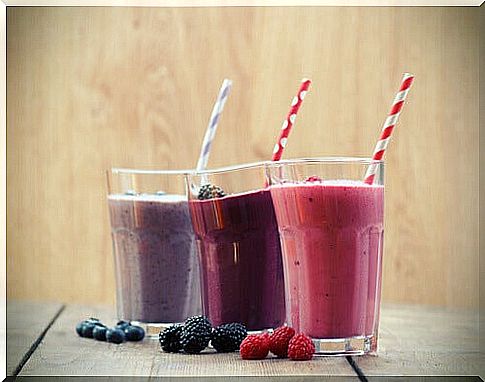
- There is no reason to completely avoid dairy products. But it is worth the effort to find healthier alternatives. Because there are some that have a significantly higher calcium content and also protect the children’s intestinal flora: For example, you can make a shake with natural yoghurt and add chocolate powder and some oat flakes to it. Your kids will love it.
- Herbal drinks are also a very suitable alternative.
- Another idea is to prepare natural juices for the children at home.
To conclude, we want to make it clear that a chocolate drink every now and then does not pose a risk. The danger arises only when such drinks become a permanent habit in the children’s diet.
